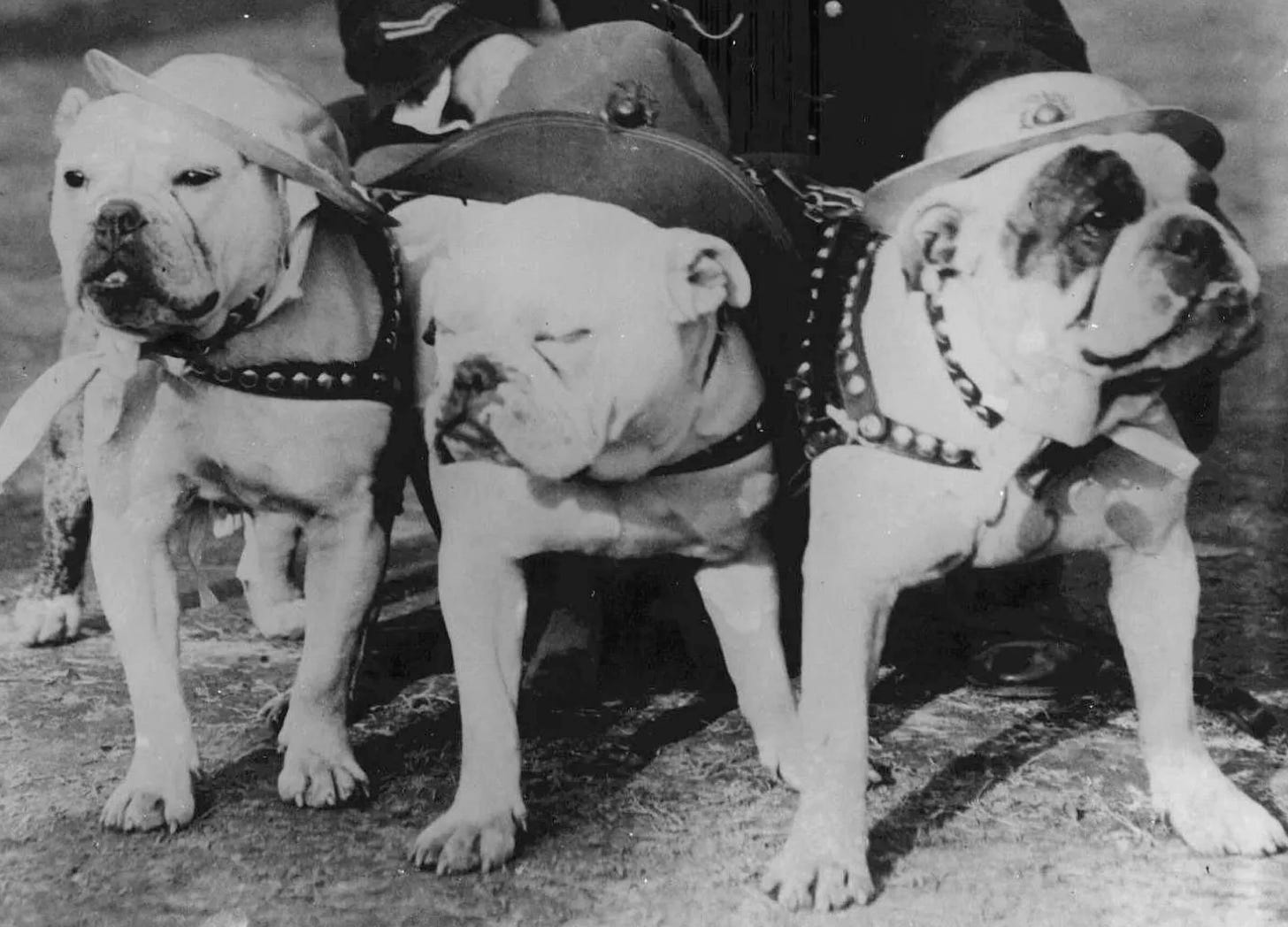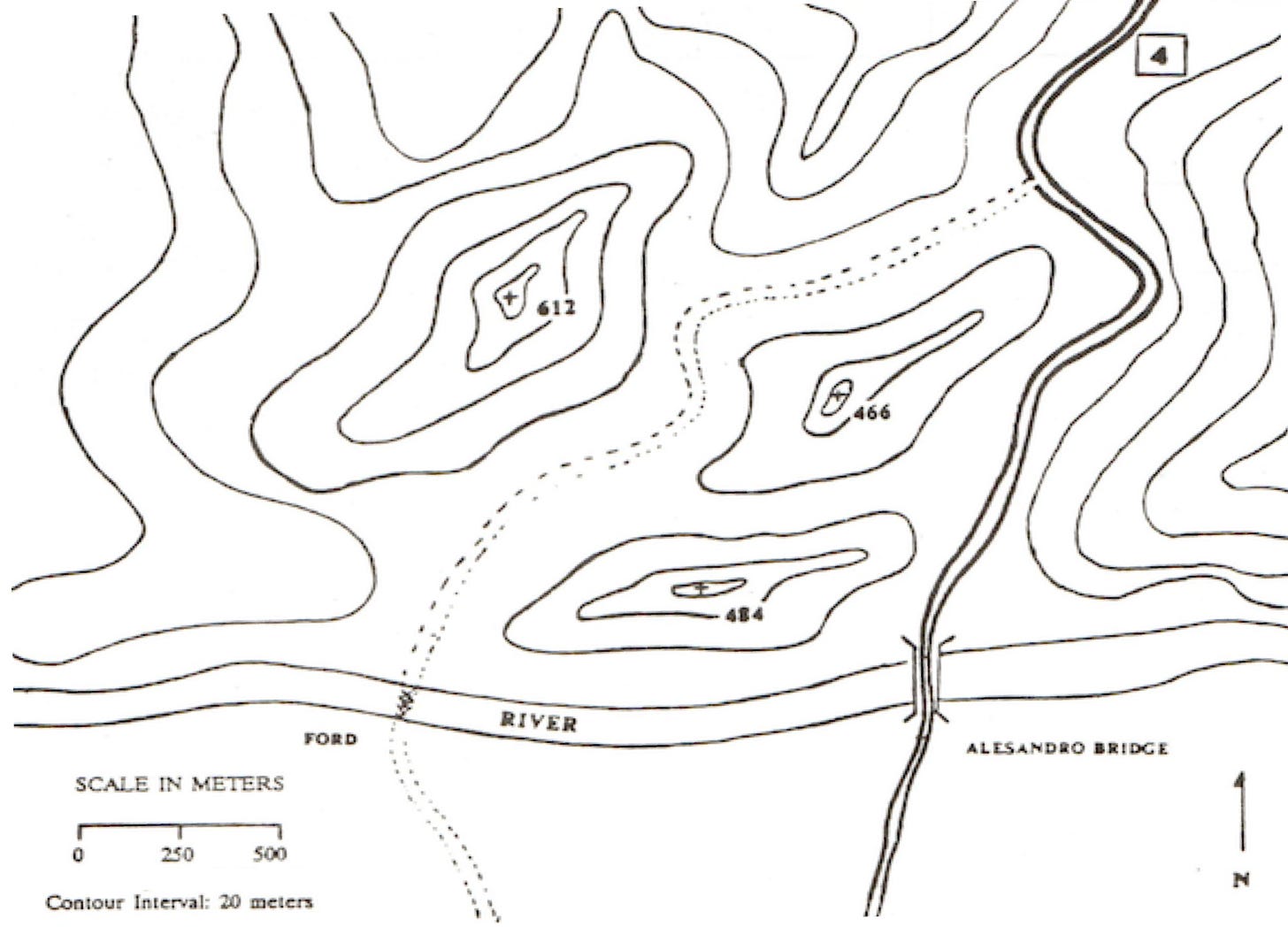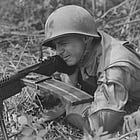Are You Smarter than a Marine?
A Test from 1989
In 1989, during the era that Harry Summers called “the Quantico Renaissance,” the US Marine Corps introduced the Warfighting Skills Program. Designed for all leaders of Marines, this course consisted of five short books, each of which used a great deal of history to foster understanding of the realm where tactics and leadership came together.
After working through each book, the Marine engaging this course took an examination. Graded by the first commanding officer in his chain of command (which was usually the commander of his company), this test asked him to define terms of art, explain concepts and devise solutions to tactical problems.
So that readers of the Tactical Notebook might get a sense of what the course asked Marines to learn, I am replicating the test that Marines took after engaging Tactical Fundamentals, the first book in the Warfighting Skills Program.
In chapter one, war was defined as a clash between two hostile and independent wills in a chaotic and rapidly changing environment. What are the two elements in this definition? Explain what each element means.
Explain how tactics and technology are closely related and how they affect each other. Give an example of this relationship.
_
Compare and contrast methodical battle and maneuver warfare according to the following characteristics:
Method of command and control
Tempo of operations
Maneuver/firepower relationship.
What is the essence of methodical battle?
What is the essence of maneuver warfare?
Complete the following table:
Explain the differences between technical training and tactical training.
Explain what free-play training is.
For Questions 7-10, use the following tactical situation:
You are the commander of Company E, Battalion Landing Team (BLT) 2/5. Your battalion is delaying the enemy’s advance in preparation for a major counterattack by BLT 1/5. A few minutes ago, your battalion commander gave you the following mission order:
Motorized enemy forces are rapidly advancing south on Route 4 (see diagram below). Deny the enemy access to the Alesandro Brigade in order to prevent the enemy from interfering with BLT 1/5’s counterattack, which will come north across the bridge. Do not destroy the bridge under any circumstances. You are the main effort.
As the main effort, your company is reinforced with a combat engineer platoon and two sections from the battalion’s anti-armor (Dragon) platoon. Your organic forces include three rifle platoons and a weapons platoon (one section each of machine-guns, mortars, and assault weapons). From your estimate of the situation, you note that the terrain is mountainous and heavily wooded. You also surmise that the enemy intends to seize the Alesandro Bridge to secure a bridgehead across the river.
To accomplish your mission, you decide first to establish a blocking position along the road north of the bridge to force the enemy to commit his main effort in the direction of the fording site west of the bridge. Then, you plan to ambush the enemy main effort along the unimproved road near Hill 612. (If you favor a different course of action, then use it! However, be prepared to defend it when your exam is graded.)
Write the mission order you would issue the Combat Engineer platoon commander for this situation.
Which unit did you choose as the main effort? Explain why you chose that unit.
Your Marines have a mobility advantage over the enemy. Explain why light infantry forces are usually considered more mobile than mechanized or motorized forces in wooded, mountainous terrain.
The enemy reconnaissance force encounters a minefield that the combat engineer platoon laid on Route 4 East of Hill 466. As the enemy proceeds cautiously through the minefield, 1st Platoon ambushes the enemy from the woods on both sides of the road. Explain why this is an example of combined arms.
Note: Please feel free to use the comments section to answer any (or all!) of these questions. (I’m not sure what the maximum capacity of the comments section might be. However, I would be interested to find out.)
For Further Reading:










I will skip the first, for the answer comes from the school solution/ the original textbook.
Technological advancements contribute to breakdowns in manoeuvrer or "styles of warfare." For instance, machine guns and artillery formed a part of the Western Front deadlock.
I wasn't familiar with the term methodical battle, but Google clarified that matter. (I was a kid when the original textbook and exam were circulated).
But manoeuvrer warfare relies on implementing Mission Command and trusting subordinate commanders to employ their initiative and modify plans as situations warrant.
So, static forces designed for fixed-piece battles will fall under a centralised command and control system. Moreover, senior commanders are the decision-makers under that inflexible system.
Also, the tempo of operations is driven by logistics.
The essence of manoeuvrer warfare is to place forces where they are in a position to win engagements. Yet the pendulum shifting on the manoeuvrer warfare spectrum or deliberate doctrinal choices might reduce battlefield mobility, and that is where methodical battle returns.
Firepower, in conjecture with mobility, offers the possibility of carving up battlefields. That might consist of mutually supporting units employing fire and movement or infantry working alongside armour to destroy defences. But that approach is built upon adequate communications and Mission Command.
Concerning the generational table, since few concepts in the history of warfare are new or "revolutionary," I presume it is a product of the courseware. In short, the reader will already know the answers to questions five and six.
Lastly, I would have the weapons platoon cover the minefield from 466 to prevent the enemy from conducting mine clearance operations. Moreover, the Dragoon is deployed to 612 in an ambush position, so they are placed to attack enemy vehicles.
The remaining infantry either supports those two platoons or is on 484. All those platoons are also mutually self-supporting. (The role assigned to the combat engineers depends on whether landmine operations are ongoing and if the ambush site is mined).
The main effort is an attempt to direct the enemy to the ambush site. I summarise the commander's intent is to confine the enemy to a narrow area and subject them to firepower. (The availability of air and artillery support is unknown).
The reader will know the answer to question nine.
Combining elements of [military] capabilities in a cooperative or sequenced arrangement is at the heart of combined arms. So, the combat engineers and infantry are like bacon and eggs. One just is better with the other, rather than apart.
To stop being an useless wiseacre [keeping in mind I'm just off work and tired] and you deserve a bit better -
assuming 3 platoons, 1 Eng and 2 AT sections:
For the bridge problem I'm putting the main effort and 1st platoon with the 1 dragon section on hill 612 orienting east to the crossrds of the unimproved and the improved rd to bridge.
2d plt on Hill 484 facing North with the 2d dragon section.
1st/2d plt main EA is the curve in unimproved road and engages enemy there.
3d plt and Eng section on 484 facing east, yes minefield between Hill 466 and 484.
It appears the enemy main effort is to get to the fording site so the AT and 1st/2d plt facing there, Eng section and minefield deny enemy the bridge.
Our main effort is the S curve bend on unimproved rd between H612 and H484.
If [Intelligence?] is wrong and the enemy makes his main effort on the paved road direct for the bridge, then 2d plt reorients and moves from Hill 484 north side to east side to reinforce effort of 3d plt and Eng to hold the bridge.
At that point if 1st plt and the Dragon team with them on H612 can range the crossroads they do if any targets there, if not they are reserve and if the enemy isn't even a prescence on dirt road they can be reserve and reinforce our shifted main effort with 3d plt and the east side of Hill 484.